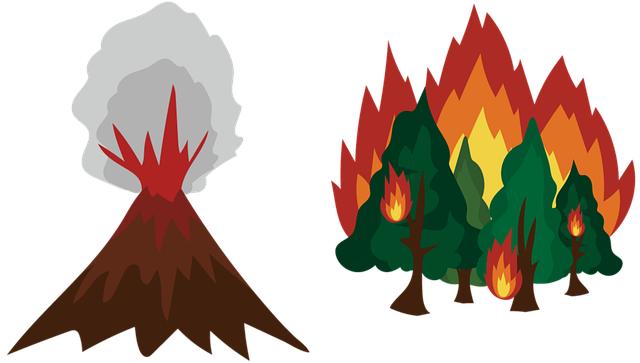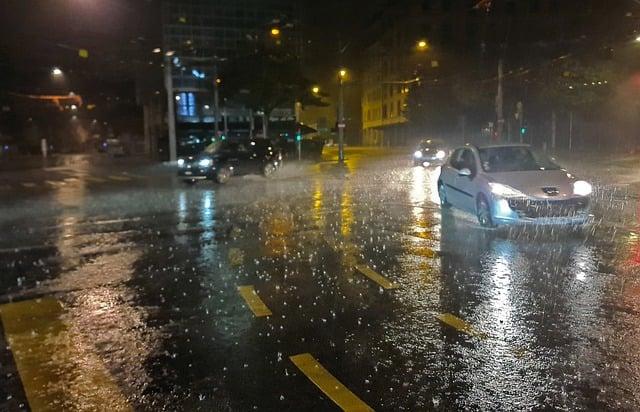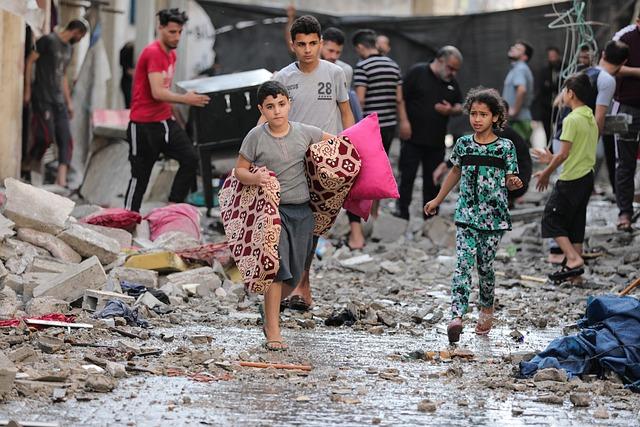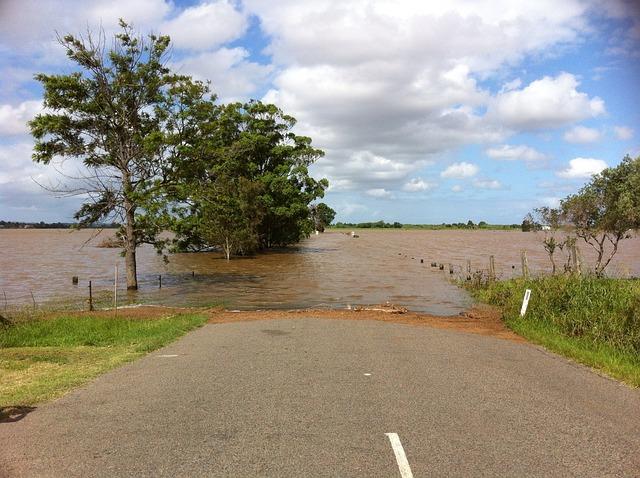- Introduction
- Typhoon Gaemi Unveiled: Nature's Wrath Strikes Southeast Asia
- Monsoon Fury: Mounting Challenges Amid Torrential Rains
- Humanitarian Impact and Displacement Crises
- Climate Change: Building Future Resilience Against Cyclones and Floods
- Call to Action: Regional and Global Cooperation
- Conclusion
- FAQs
Introduction
Southeast Asia is currently grappling with the devastating after-effects of Typhoon Gaemi and relentless monsoon rains. This region, revered for its lush greenery and vibrant communities, faces widespread flooding, displacement, and loss. This article delves into the origins of Typhoon Gaemi, the role of the monsoon season in escalating the crisis, the massive humanitarian impact, and the alarming implications of climate change on future resilience. Finally, we'll explore the importance of global cooperation to mitigate such disasters.
As nature's fury continues to wreak havoc, it's crucial to unpack these interconnected events leading to one of the most significant regional crises in recent history.
Typhoon Gaemi Unveiled: Nature's Wrath Strikes Southeast Asia

(Image: Pixabay/@RoadLight)
Typhoon Gaemi has emerged as one of the most punishing tropical cyclones to strike Southeast Asia this decade. Originating in the warm waters of the Northwestern Pacific, this catastrophic storm made landfall, leaving trails of destruction across densely populated provinces in countries like the Philippines, Vietnam, and Thailand.
The sheer intensity of Typhoon Gaemi was fueled by a combination of warm ocean temperatures and atmospheric anomalies. With sustained winds reaching nearly 110 kilometers per hour, the typhoon destroyed infrastructure, swept away livelihoods, and forced thousands of families to flee their homes.
Local governments struggled to cope as rivers burst their banks, triggering flash floods that engulfed towns within hours. The enormity of the damage underscores the region's vulnerability to weather systems amplified by climate change.
Monsoon Fury: Mounting Challenges Amid Torrential Rains

(Image: Pixabay/@adege)
The monsoon season has aggravated the crisis wrought by Typhoon Gaemi. Torrential rains drenched large swathes of land, causing long-term flooding in both rural and urban areas. Southeastern countries, already overburdened with fragile infrastructure, braced themselves for overflowing rivers and landslides.
The overlapping timing of the typhoon and monsoon season created a compound disaster. Emergency services faced severe challenges, including difficulty accessing submerged areas and delivering aid, which further complicated relief efforts. The economic toll continues to mount as high-yield rice-producing regions experienced devastating crop losses due to prolonged inundation.
Residents expressed growing frustration at the slow pace of government response, citing inadequate early warning systems and disaster preparedness plans.
Humanitarian Impact and Displacement Crises

(Image: Pixabay/@hosnysalah)
The combined forces of Typhoon Gaemi and monsoon rains have led to an unprecedented displacement crisis. According to international relief organizations, over a million people have been displaced, and thousands seek refuge in overcrowded evacuation centers. The scarcity of food, clean drinking water, and medical supplies adds urgency to the dire situation.
Entire communities have been uprooted, while relief operations continue to grapple with the logistical challenges of navigating floodwaters. Displaced families face the grim realities of losing not only their homes but also income sources, such as agricultural land and fishing grounds, that were wiped out in the chaos.
This highlights the critical need for sustainable disaster relief strategies encompassing mental health support, long-term resettlement plans, and economic rehabilitation for victims.
Climate Change: Building Future Resilience Against Cyclones and Floods

(Image: Pixabay/@NickyPe)
Experts assert that the increased frequency and intensity of tropical cyclones like Typhoon Gaemi are linked to the warming climate. Rising sea temperatures contribute to stronger storms, while erratic rainfall patterns increase the risks associated with the monsoon season. Addressing the root causes of these climatic shifts must remain a global priority.
Nations in Southeast Asia need to adopt climate-resilient infrastructure and make significant strides in disaster risk reduction. For example, implementing advanced early warning systems, creating flood-resistant housing, and restoring natural ecosystems can act as buffers against extreme weather events.
International collaboration is crucial to strengthening efforts aimed at reducing greenhouse gas emissions and providing financial and technological assistance to vulnerable nations.
Call to Action: Regional and Global Cooperation

(Image: Pixabay/@JoshuaWoroniecki)
The ongoing crisis serves as a wake-up call for regional and global powers to join forces in combating climate-driven catastrophes. From sharing technology-based solutions like satellite monitoring to funding disaster-preparedness programs, collective action can pave the way for more effective responses during future crises.
Moreover, non-governmental organizations, local authorities, and global agencies should reevaluate existing humanitarian frameworks to ensure they address the growing scale of climate-induced disasters effectively.
This cooperative approach not only strengthens recovery but also fosters long-term sustainability in vulnerable regions ravaged by natural disasters.
Conclusion
The devastation caused by Typhoon Gaemi and accompanying monsoon rains underscores the importance of addressing environmental vulnerabilities and fostering international cooperation. A multi-pronged approach involving climate resilience, emergency preparedness, and global solidarity is essential as Southeast Asia navigates this challenging chapter of its history.
Through increased awareness, strategic planning, and unified global support, we can mitigate the impacts of natural calamities like Typhoon Gaemi and build a safer, more sustainable future for all.
FAQs
What is Typhoon Gaemi?
Typhoon Gaemi is a powerful tropical storm that struck Southeast Asia, causing widespread flooding and destruction in countries like Vietnam, Thailand, and the Philippines.
How did the monsoon season worsen the crisis?
The heavy monsoon rains intensified the flooding caused by Typhoon Gaemi, leading to more significant damage and complicating relief efforts across the region.
What is the human impact of this disaster?
The disaster has displaced over a million people, leaving thousands in temporary shelters with limited access to food, water, and healthcare services.
How is climate change linked to such extreme weather events?
Climate change contributes to the increasing frequency and intensity of cyclones and erratic monsoon patterns due to rising sea temperatures and shifting atmospheric conditions.
What can be done to build resilience against future disasters?
Investments in early warning systems, climate-resilient infrastructure, and international cooperation are crucial steps towards reducing the impacts of future natural disasters in vulnerable regions.

